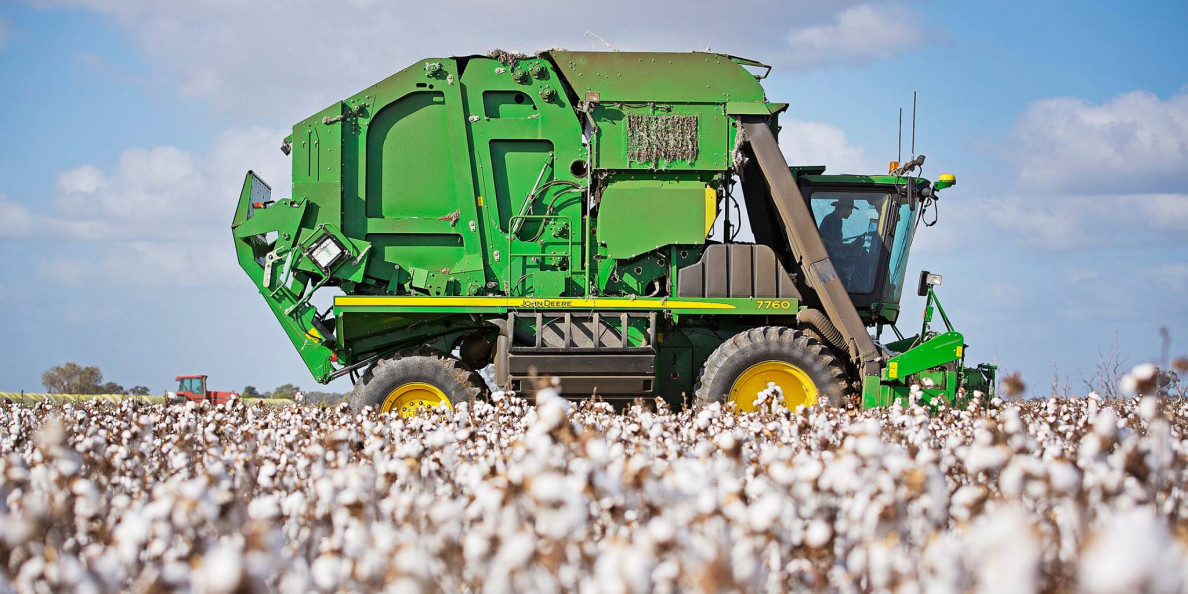By Jeff Thompson, Autauga Quality Cotton Association
As a professed optimist, I’m a little concerned with the lack of market enthusiasm, considering some recent positive news.
First, there was the November crop report where world production was reduced by nearly three million bales while leaving consumption unchanged. Normally, such news would have been met with a limit-up move. Instead, almost like a non-event, prices never broke their trading range.
Second, last week’s export sales reached 345,000 bales, a marketing year high. Even more promising 83,000 bales of this was purchased by China. Once again, the market barely batted an eye. After briefly hitting 65 cents, it quickly retreated to its previous trading range. This poses the question, if this wasn’t enough to spur prices forward, what will it take?
What does this lack of interest tell us? Some may blame the timing as funds were amid rolling positions ahead of first notice day, selling December futures and buying March. I would rather think it’s indicative of a market trading primarily on underlying cotton fundamentals, which are weak.
China “Buying Up” For 2020?
Today’s environment suggests world mill use will fall short of the current estimate of 121.5 million bales. Thus, the market is trading on the premise mill use will be adjusted downward at some point by as much as 2 to 3 million bales, if not more.
World conditions, as they are, certainly favor this.
The Chinese economy recently declined 2% and appears headed for a recession. This will have a negative trickle-down effect upon other world economies. The Chinese have begun to restock their reserves but with cotton purchased domestically and from Brazil.
It is believed these reserves will serve to meet their domestic needs for 2020. So, further Chinese import demand will be weak. This could very well make any trade resolution between the U.S. and China a moot point as far as cotton is concerned.
Another tug on demand is the continued weakening of man-made fiber prices. Polyester prices are at a record low, some 30% cheaper than cotton. As a result, apparel makers are increasing their mix of poly fibers to improve margins.
Not to be overlooked is the escalating tension between Hong Kong and mainland China. This is disrupting the apparel supply chain as Hong Kong has long been considered the fashion center of Asia. Developments here should be watched closely.
Exports Will Likely Fall Short
Last week’s export sales report was a mixed bag. Even though sales reached a marketing year high of 345,000 bales, shipments of only 126,000 bales were well below that necessary to meet U.S. export estimates.
To put this in better perspective: with 38 weeks remaining in the marketing year, an average of 350,000 bales will have to be shipped weekly to meet this target. History tells us maintaining shipments at this level for an extended period puts great strain on our transportation system.
Therefore, U.S. exports will likely be reduced as it becomes physically impossible to move such volume.
Going forward March now becomes the cover month as December approaches expiration. Since mid-October March futures have traded in a narrow range of 62 to 67 cents, expect this to continue as a smaller crop serves to buffer declining demand.
The specs should view this favorably and remain on the sidelines. Just another reason this trading range should remain intact until new developments come about in the weeks ahead.


